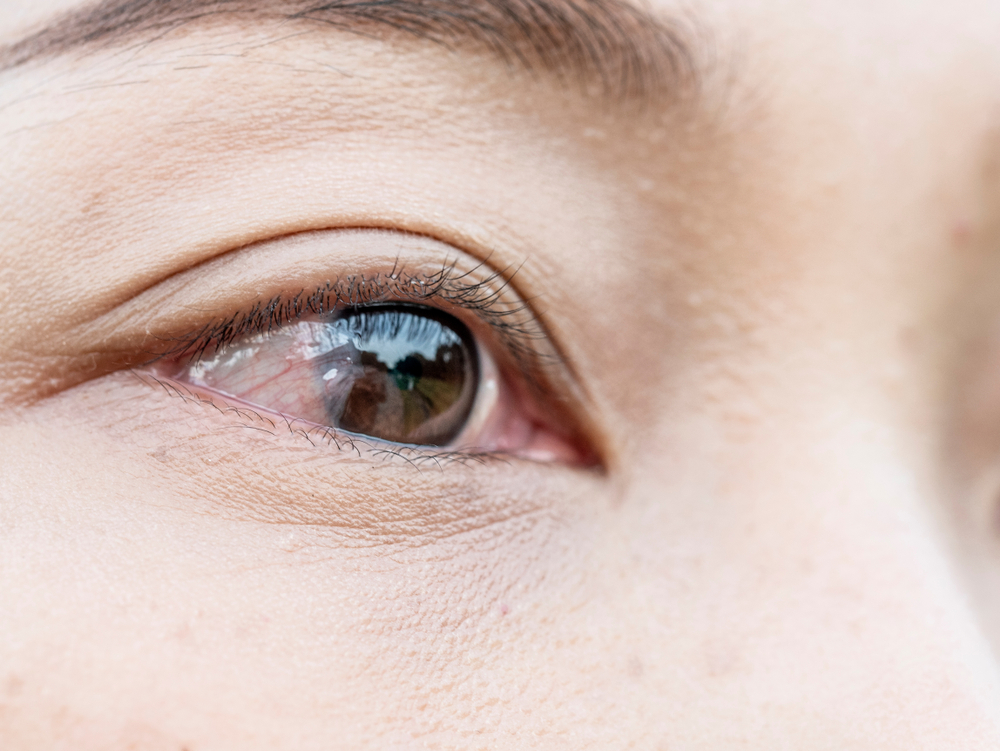
Your eyes are truly remarkable organs, allowing you to experience the world in vivid detail. However, just like any other part of the body, your eyes can be susceptible to various diseases and conditions. In this comprehensive guide, we'll explore some of the most common eye diseases, their causes, symptoms, and available treatments, so you can better understand and care for your vision.
The Importance of Routine Eye Exams
Regular eye exams are crucial for the early detection of eye diseases, many of which can progress without noticeable symptoms in their early stages. By undergoing routine eye exams, individuals can catch these conditions before they become advanced, improving the chances of effective treatment and preserving vision. Additionally, eye exams often reveal signs of other health issues, such as high blood pressure or diabetes, making them a vital part of overall healthcare.
What is Glaucoma?
Glaucoma is a group of eye conditions that can lead to optic nerve damage, often caused by increased pressure within the eye. If left untreated, this pressure can gradually result in vision loss and even blindness. The two primary forms of glaucoma are open-angle glaucoma and angle-closure glaucoma. Common causes include increased fluid production in the eye, blockages in the drainage system, genetic predispositions, and medical conditions such as diabetes or high blood pressure.
Symptoms typically include a gradual loss of peripheral vision, difficulty adjusting to darkness, frequent headaches or eye pain, and seeing halos or rainbow-colored circles around lights.
Treatments for glaucoma include eye drops to reduce fluid production or improve drainage, laser surgery to enhance fluid drainage, conventional surgery to create new drainage pathways, and prescription medications to lower eye pressure.
Understanding Cataracts
Cataracts are a common eye condition where the lens becomes cloudy, resulting in blurred or distorted vision. Though often linked to aging, cataracts can also develop due to other factors. Causes of cataracts include natural aging, prolonged exposure to ultraviolet (UV) light, medical conditions such as diabetes, eye injuries, and long-term use of certain medications.
Symptoms of cataracts include cloudy or blurred vision, increased sensitivity to glare, difficulty seeing at night or in low light, double vision, and frequent changes in eyeglass or contact lens prescriptions.
Cataract treatments range from using prescription glasses or contact lenses to temporarily improve vision to cataract surgery, where the cloudy lens is replaced with an artificial one.
Macular Degeneration: Causes, Symptoms, and Treatments
Macular degeneration is one of the leading causes of vision loss, particularly in older adults. It occurs when the macula, which is responsible for central vision, deteriorates over time. The primary risk factors include age, genetic predisposition, smoking, exposure to UV light, high blood pressure, and high cholesterol.
Symptoms often start with a gradual loss of central vision, distorted or wavy vision, difficulty recognizing faces, reduced color perception, and increased sensitivity to glare.
Treatment options include dietary supplements to slow disease progression, anti-VEGF injections to inhibit abnormal blood vessel growth, laser therapy to target abnormal blood vessels, and low-vision aids to assist with daily activities.
Exploring Diabetic Retinopathy
Diabetic retinopathy is a diabetes-related complication that can lead to vision loss. It occurs when high blood sugar damages the tiny blood vessels in the retina, the light-sensitive tissue at the back of the eye. Causes include uncontrolled diabetes, prolonged high blood sugar, high blood pressure, and high cholesterol.
Symptoms include blurred or distorted vision, sudden vision loss, floaters or dark spots, difficulty seeing in low light, and increased sensitivity to glare.
Treatments for diabetic retinopathy focus on controlling diabetes and may include laser surgery to reduce blood and fluid leakage, anti-VEGF injections to stop abnormal blood vessel growth, vitrectomy surgery to remove blood or scar tissue, and strict management of blood sugar, blood pressure, and cholesterol levels.
Schedule Your Comprehensive Eye Exam with Ives Family Eye Care
By understanding the common eye diseases, their causes, symptoms, and available treatments, you can take proactive steps to protect your vision and maintain healthy eyes throughout your life.
At Ives Family Eye Care, Dr. Shah is dedicated to providing comprehensive eye exams and personalized treatment plans to help you maintain optimal vision. Visit our office in Miami, Florida, or call (786) 755-1800 to book an appointment today. We proudly serve patients in Aventura, Golden Beach, Sunny Isles Beach, North Miami, Ojus, Miramar and Hallandale, providing top-quality eye care to our neighboring communities.






